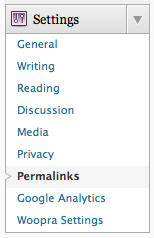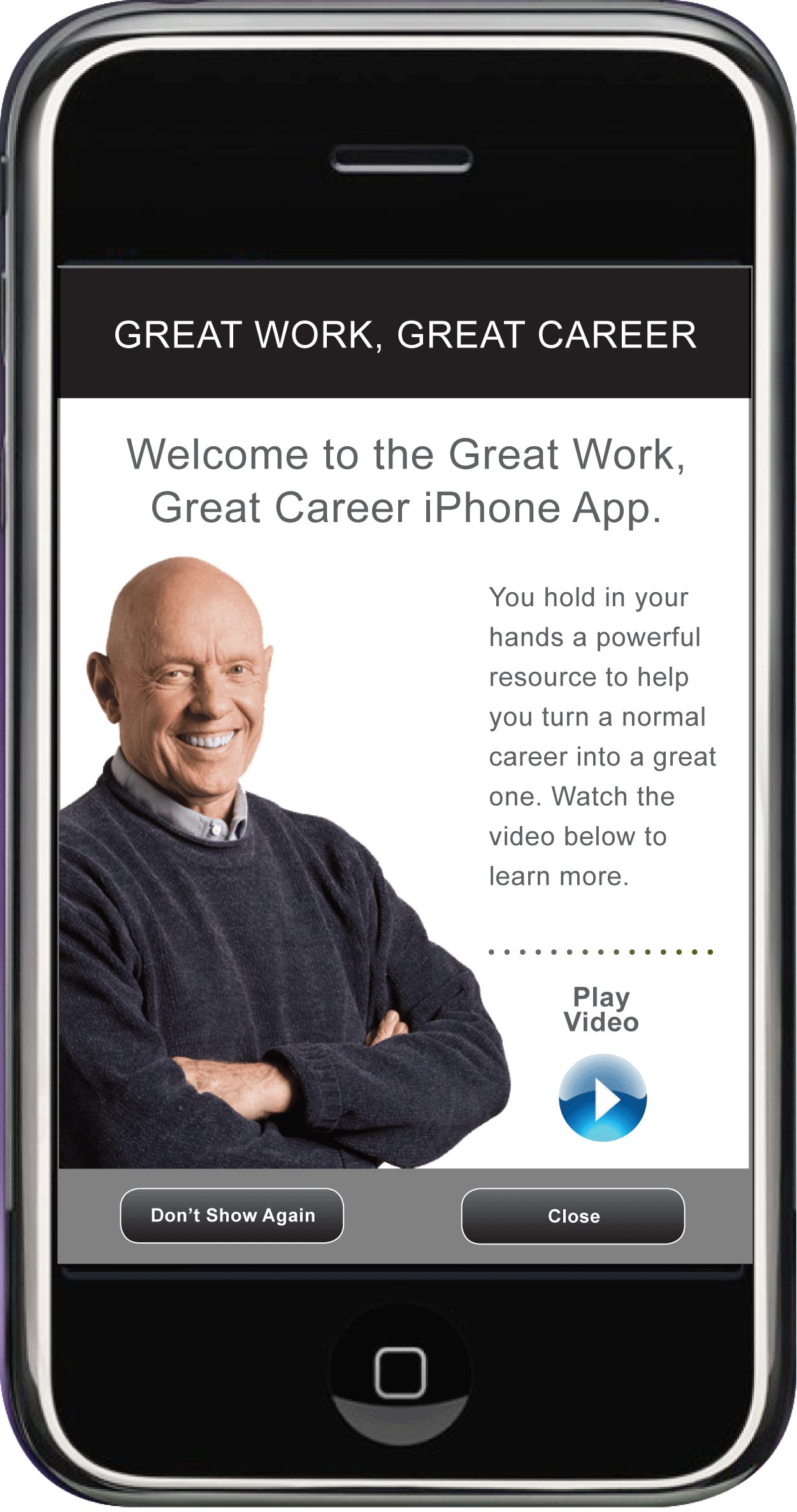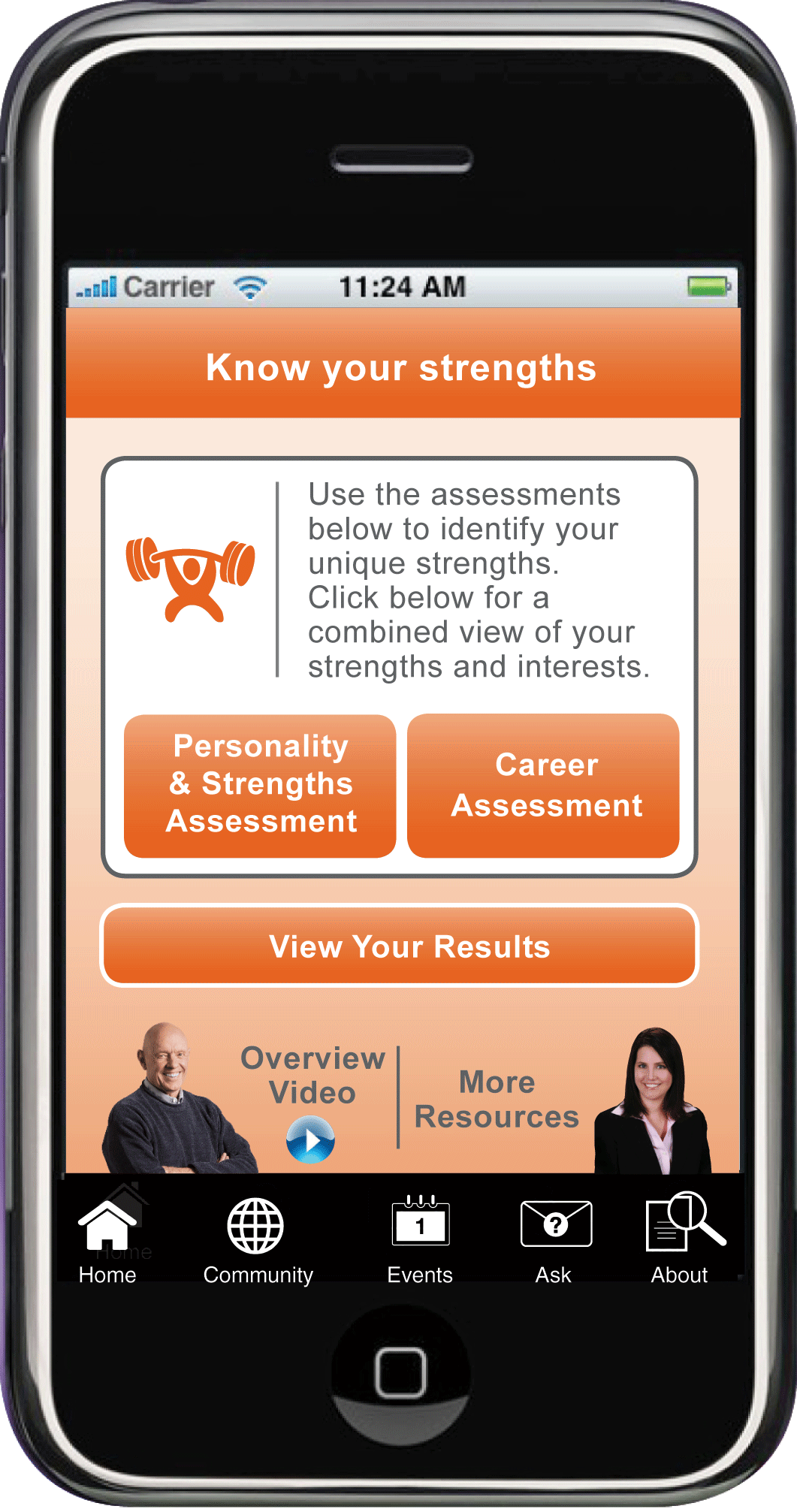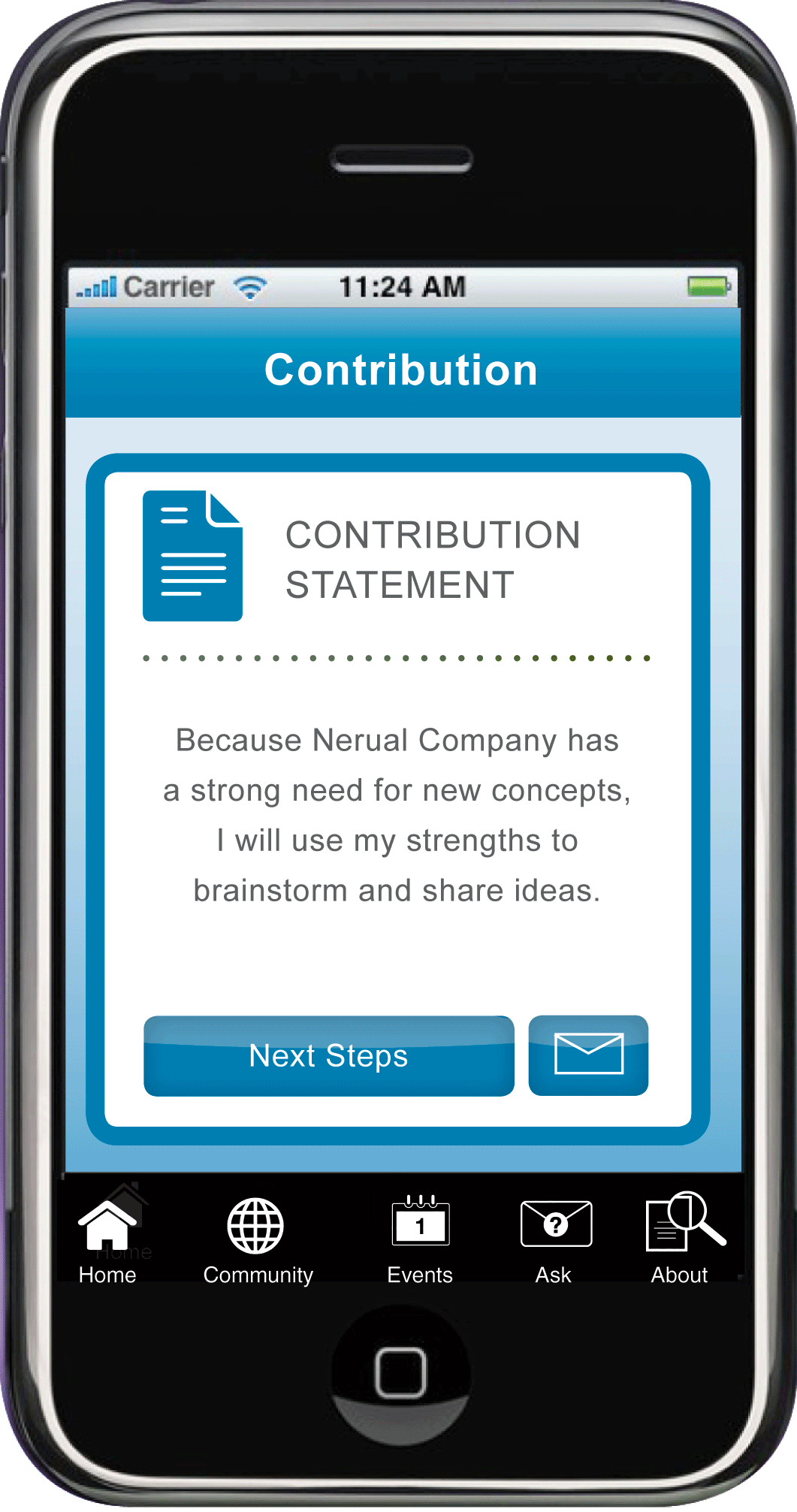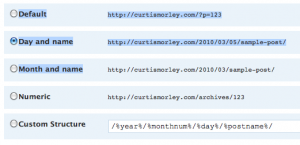Everyone wants Google rank their blog high in searches. Another important key is to get people to read your blog repeatedly. Here are 7 tips to writing effective blogs.
- Provide Value
Don’t write just to write. Have a purpose and give people what they are looking for. - Be Consistent (Reliable)
Write regularly. Keep to a schedule so people know when to come back. Seth Godin is the master at this. I find that the more I am consistent, the more people read my blog. If I get to busy and break a schedule then my numbers in Google Analytics drop. Schedule a time to write your blog every day or week, let your users know about that time, and then consistently post to your blog at that time. - Keep It Short
Don’t write a diatribe. In today’s lightning fast world people want a quick peek at something of value. - Answer a Specific Question
Use Google to find what keywords are most popular. One very easy way is to just start typing in the Google search box the term you want to focus on. This field will auto-populate with the most popular terms. See the screen-shot below. - Get Creative in Your Titles
One of the most attention getting headlines I saw recently was from an associate at work who wrote, “My Dog ate my Blog”. Make it catchy, relate-able, and you can even use things like lists in your title. Something like “7 Tips to Get Humans to Read Your Blog” - Stick To a Theme
Become the expert in an area and write about that. Do this for several months before changing topics. You may notice that my blog comes up for the search terms “Flash Errors”, “Flex Errors”, and “ActionScript Errors” as well as Marketing, photography, and technology. - Let People Find Your Blog
Follow the 7 Tips for Getting Google to Read Your Blog so that people actually can find the great stuff you have to write.
Thanks and Happy Blogging
Curtis J. Morley


